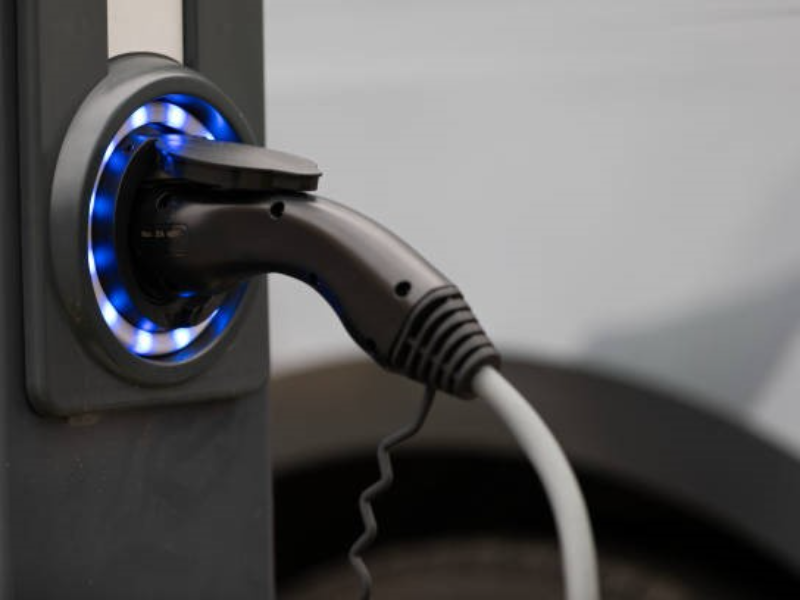- Tethered chargers are highly convenient with built-in cables, while untethered chargers offer flexibility by allowing any compatible cable.
- Tethered chargers are generally more expensive and might require more maintenance, whereas untethered chargers are usually cheaper and easier to maintain.
Choosing the right EV charger can be challenging, especially with the variety of options available. One key decision is whether to go for a tethered or untethered charger. This blog will explore the differences between these two types of EV chargers, helping you make an informed choice based on convenience, flexibility, cost, and maintenance.
What are tethered and untethered chargers?
1. Tethered Chargers: Built-In Convenience Tethered chargers come with a cable permanently attached to the unit. This design offers a straightforward, plug-and-play experience, eliminating the need to find and connect a separate cable each time you charge your vehicle. The convenience of having the cable ready to use makes tethered chargers ideal for home installations where the same vehicle is charged regularly.
For instance, a busy professional might appreciate the quick and hassle-free access a tethered charger provides. These chargers are especially useful in private settings where the same EV is charged daily, ensuring that the cable length is perfectly suited to the installation location. However, this convenience comes with some trade-offs in terms of flexibility and potential wear on the cable.
2. Untethered Chargers: Versatile Flexibility Untethered chargers, also known as socketed chargers, do not include an attached cable. Instead, users must connect their own charging cable to the unit. This setup offers greater flexibility, as it allows the use of different cables based on the vehicle or charging requirements. Untethered chargers are particularly beneficial in environments where multiple EVs with varying connectors might be charged.
For example, a family with multiple EVs from different manufacturers can benefit from an untethered charger, as each vehicle may require a different type of cable. Additionally, untethered chargers are often easier to maintain, as damaged cables can be replaced separately without affecting the charger unit.
Also read: The 5 biggest EV charging companies
Also read: Understanding charging networks: An overview
4 key differences between tethered and untethered chargers
1. Convenience
Tethered Chargers: Offer the ultimate convenience with an attached cable, making them ready to use at all times. This feature is especially beneficial for quick and frequent charging sessions.
Untethered Chargers: Require the user to connect their own cable, adding a step to the charging process but allowing for the use of different cables as needed.
2. Flexibility
Tethered Chargers: Limited flexibility due to the fixed cable length and type. Ideal for single-vehicle households or fixed locations.
Untethered Chargers: Highly flexible, as users can swap cables to accommodate different EV models and connectors. Suitable for households with multiple EVs or public charging stations.
3. Cost
Tethered Chargers: Generally come with a higher initial cost due to the included cable. Over time, the attached cable may need replacement, adding to maintenance costs.
Untethered Chargers: Usually cheaper upfront since they do not include a cable. Users can choose cables based on their budget and specific needs, potentially saving money.
4. Maintenance
Tethered Chargers: Higher maintenance demands if the built-in cable gets damaged. Replacing the cable can be more complex and costly.
Untethered Chargers: Easier and cheaper to maintain, as damaged cables can be replaced without affecting the charger unit itself. This simplicity can reduce downtime and repair expenses.

